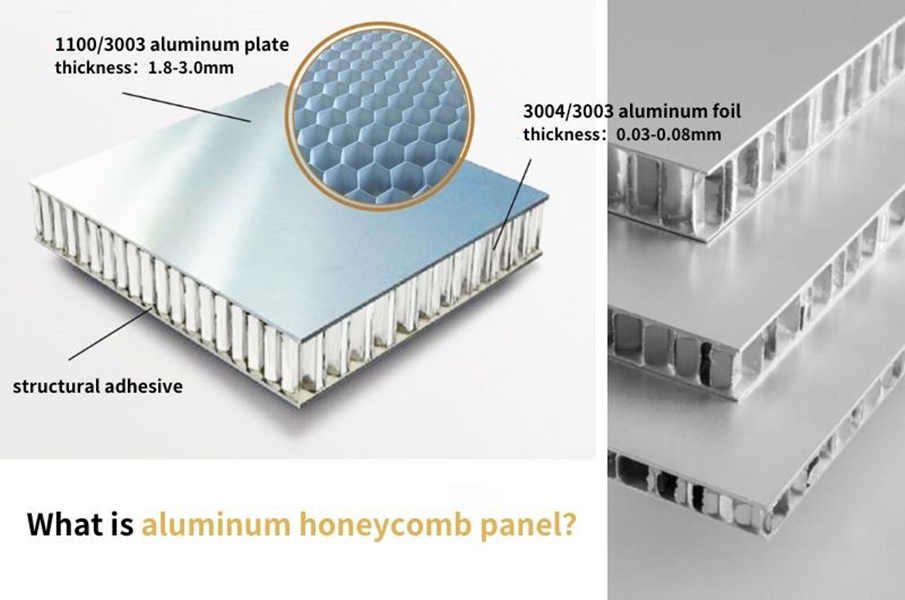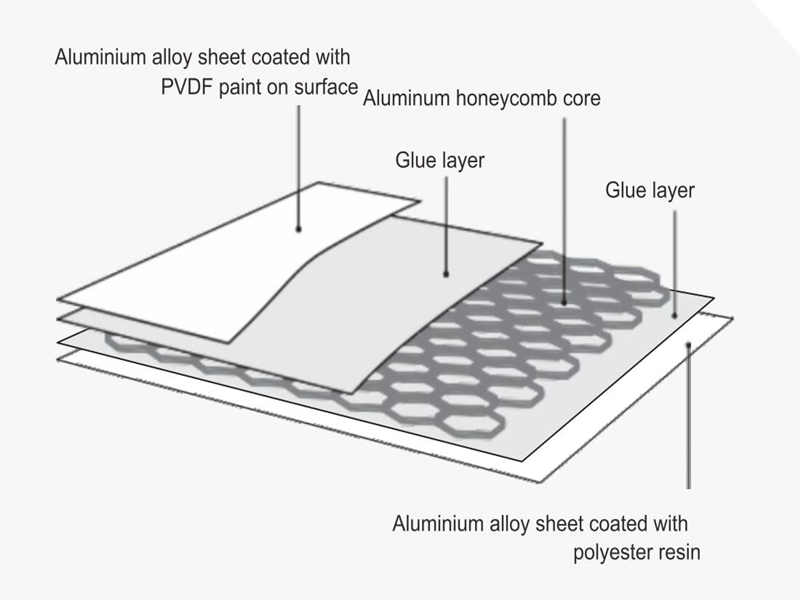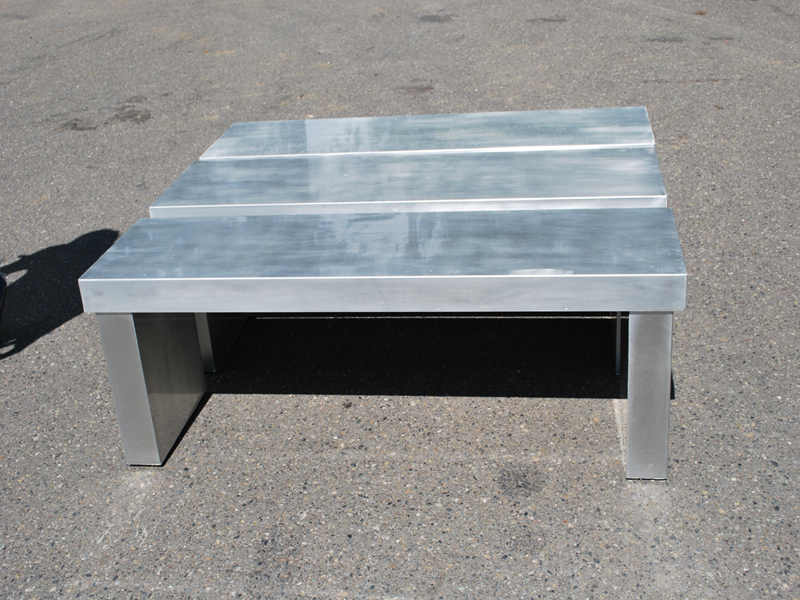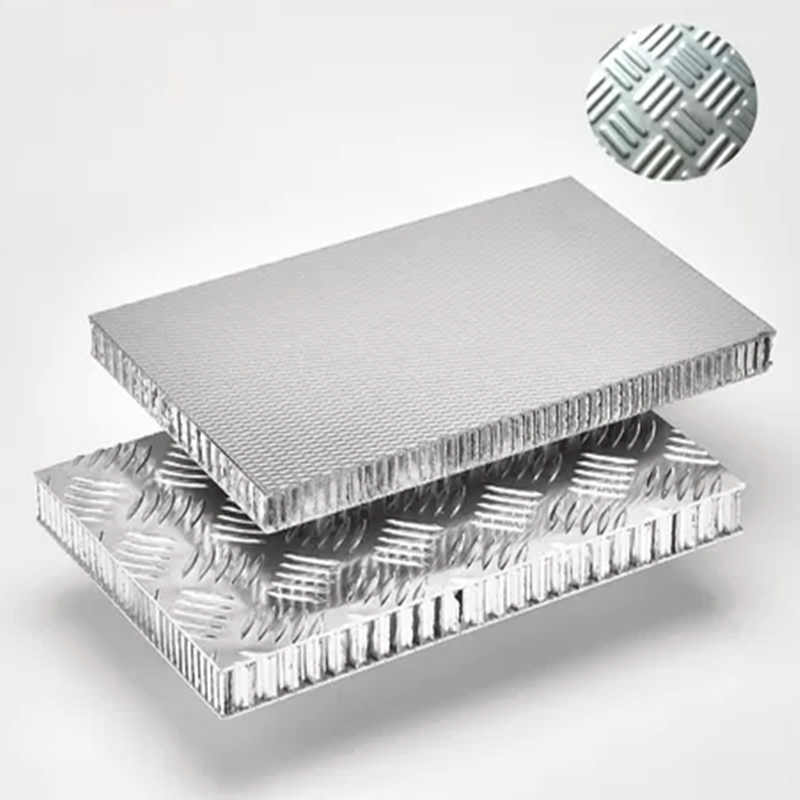Key Characteristics of Aluminum Honeycomb Floor Panels
Strength and Performance
- Incredible strength-to-weight ratio
- High load-bearing capacity
- Exceptional structural integrity
- Resistant to deformation
Weight Specifications
- Typical weight range: 3-10 kg/m²
- Depends on panel thickness and core density
- Significantly lighter than traditional solid metal panels
Advantages of Aluminum Honeycomb Floor Panels
- Lightweight Design
- High Structural Strength
- Corrosion Resistance
- Thermal Insulation
- Sound Absorption
- Easy Installation
Potential Disadvantages
- Higher initial cost compared to traditional flooring
- Potential complexity in custom installations
- Requires specialized manufacturing
- Limited aesthetic variations
- Potential sound transmission in some designs
Applications of Aluminum Honeycomb Floor Panels
Industrial Sectors
- Aerospace
- Marine Engineering
- Transportation
- Clean Room Environments
- Laboratory Facilities
Specific Use Cases
- Aircraft Flooring
- Marine Vessel Decking
- Industrial Walkways
- Raised Access Flooring
- Specialized Construction Platforms
What Are the Disadvantages of Honeycomb Panels?
While aluminum honeycomb floor panels offer numerous benefits, they also have some disadvantages:
- Cost: Honeycomb panels can be more expensive than traditional materials. This initial investment may not be suitable for all budgets.
- Repair Difficulty: If damaged, honeycomb panels can be difficult to repair, requiring replacement instead of patching.
- Water Sensitivity: Although aluminum is resistant to moisture, the honeycomb core can potentially absorb water if not properly sealed.
- Limited Flexibility: Honeycomb panels are strong but may have limited flexibility, which can be a disadvantage in applications requiring bending or shaping.
Understanding these disadvantages is important when considering aluminum honeycomb floor panels for your needs.
Strength Analysis
Structural Integrity
- Compressive Strength: Up to 10-15 MPa
- Flexural Strength: Exceptional performance
- Load Distribution: Uniform across panel surface
Installation Considerations
- Professional assessment recommended
- Proper substrate preparation
- Precise leveling requirements
- Compatible adhesive systems
- Regular maintenance checks
Weight Breakdown
Typical Weight Ranges:
- Thin Panels (6mm): 3-5 kg/m²
- Standard Panels (10mm): 5-7 kg/m²
- Thick Panels (15mm): 7-10 kg/m²
Cost Considerations
- Initial Investment: Higher than traditional flooring
- Long-Term Value: Reduced maintenance costs
- Performance: Superior durability
- Lifecycle: Extended usage period
Maintenance Tips
- Regular cleaning
- Inspect for damage periodically
- Use recommended cleaning solutions
- Avoid harsh chemical treatments
- Professional assessment annually
Environmental Impact
- Recyclable material
- Reduced carbon footprint
- Energy-efficient production
- Sustainable design principles
How Strong Are Aluminum Honeycomb Panels?
Aluminum honeycomb panels are known for their impressive strength-to-weight ratio. The honeycomb structure provides excellent stability and load-bearing capabilities while keeping the panel lightweight. They can support heavy loads, making them suitable for flooring in various applications, including commercial buildings, aircraft, and even furniture design.
Due to their design, aluminum honeycomb panels can withstand impacts and resist deformation. This strength makes them an ideal choice for demanding environments where durability is essential.
What Are Aluminum Honeycomb Panels Used For?
Aluminum honeycomb floor panels have a wide range of applications due to their unique properties. Some common uses include:
- Commercial Flooring: Ideal for high-traffic areas like offices, shopping centers, and airports due to their durability.
- Aerospace: Used in aircraft flooring and interiors because of their lightweight and strong characteristics.
- Transportation: Used in railway and bus flooring for weight efficiency and resilience.
- Architectural Design: Popular in modern architecture for decorative flooring and wall panels.
- Furniture: Used in the construction of lightweight yet sturdy furniture items.
These uses highlight the versatility and practicality of aluminum honeycomb panels in various industries.
How Much Does an Aluminum Honeycomb Panel Weigh?
One of the significant advantages of aluminum honeycomb floor panels is their lightweight nature. The weight of an aluminum honeycomb panel varies based on its thickness and size, but generally, these panels weigh considerably less than traditional materials like plywood or concrete. On average, a typical panel weighs about 2 to 4 kilograms per square meter, depending on its specifications.
This lightweight property makes aluminum honeycomb panels easy to handle and install, contributing to lower transportation costs and simpler installation processes.
Final Thoughts
Aluminum honeycomb floor panels are a fantastic choice for anyone looking for a robust, lightweight solution for flooring and other applications. While there are some disadvantages to consider, the benefits often outweigh the drawbacks. With their strength, versatility, and lightweight design, aluminum honeycomb floor panels are an excellent option for a variety of projects.
If you are considering using aluminum honeycomb panels, make sure to weigh the costs and benefits carefully. This style of panel could be the perfect fit for your needs, offering durability and high performance for many years to come.
FAQs
Q: How long do aluminum honeycomb floor panels last?
A: With proper maintenance, 15-25 years depending on usage conditions.
Q: Are these panels suitable for residential use?
A: Primarily designed for industrial and specialized applications.
Q: Can they be customized?
A: Yes, manufacturers offer various sizes, thicknesses, and configurations.




